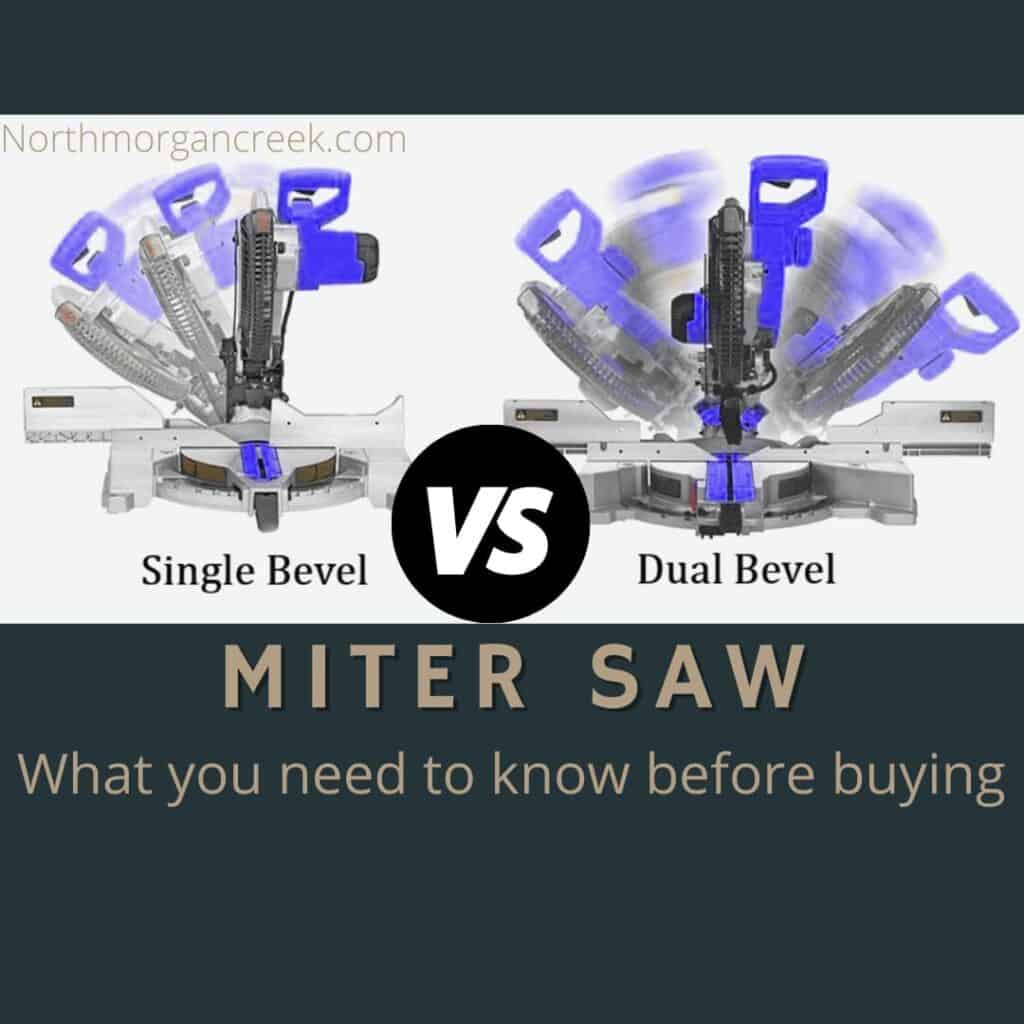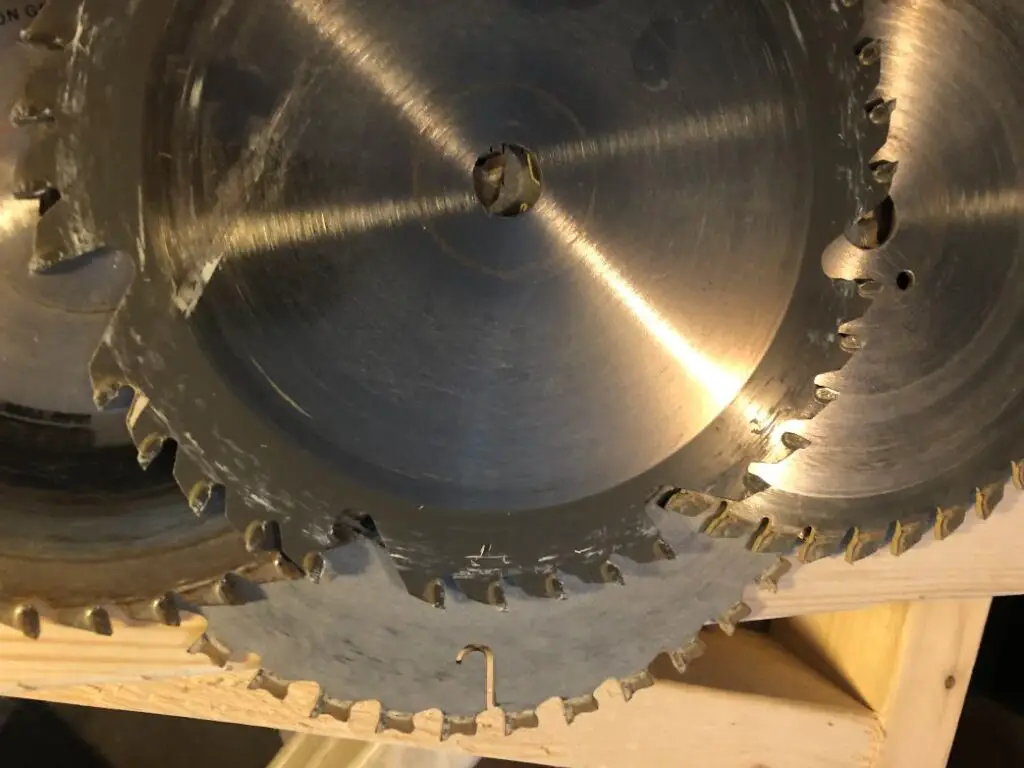Power tools are loud, there is no doubt about it. Whether you are using a table saw, circular sander, or a miter saw, you can expect there to be some noise in your shop.
But just how loud is a miter saw? And do you need to wear hearing protection when using one?
First of all, hearing protection should be worn when using any type of power saw, but this is often neglected with woodworkers who are using miter saws, because it isn’t a sustained level of noise.
Since you are only making a few cuts at a time, you may think it is okay to skip the earplugs, but this is not true!
Miter saws are loud enough to cause hearing damage.
How man decibels is a miter saw?
Noise is measured in decibels (dB) which is a unit of pressure named after the inventor Alexander Graham Bell. Starting at zero dB, the scale typically goes up to 200 dB which is enough pressure to burst your lungs.
A miter saw clocks in at 102 dB. To better understand exactly how loud this is, 0 dB is basically silence while a gunshot is 140 dB.
Here are where other common carpentry tools stand:
- Chop Saw 106 dB
- Hand Drill 98 dB
- Belt Sander 93 dB
- Router 95 dB
- Hammer Drill 114 dB
- Impact Wrench 102 dB
As you can see, miter saws are one of the noisier tools in the shop!
Here’s a great video explaining a general overview of how loud power tools are:
How loud is a miter saw compared to a table saw?
While many people tend to think a table saw is louder than a miter saw, that is actually not true!
Remember above when we said the miter saw registers at 102 dB? Well, a table saw is a little bit quieter, only 92 dB.
However, many people think the table saw is the louder tool.
This is because the table saw is generally used for longer periods of time while a miter saw is typically used in short bursts.
This gives people the impression that the table saw is louder and requires hearing protection — but it is actually extremely important to protect the ears no matter which saw you are using!
Protecting Your Ears When Using a Miter Saw (Or Any Other Power Tool!)
Anyone working in a place where the sound levels are above 85 decibels should be wearing hearing protection. This advice goes for home woodshops as well as industrial settings.
Failure to protect the ears from the noise of your miter saw and other tools could lead to permanent hearing loss. Permanent loss means that the damage done to the hearing cannot be improved with hearing aids or even with surgery.
This type of hearing loss can be gradual, so you may not notice right away that it is fading. For this reason, it is important to protect your hearing while working in your shop. Luckily, it is pretty easy to do!
Noise-canceling earmuffs are one way you can protect your hearing. This type of protection comes in several forms like over-the-head, behind-the-head, and there are even models that will attach to a hardhat or helmet.
Woodworkers looking for something less bulky may want to go with a simple set of earplugs. But no matter which type of protection you choose, you need to check the decibel rating to ensure it is protective enough for the level of noise produced by your miter saw.
Quiet Miter Saws for a Jobsite
Even if you have high-quality hearing protection, you may still be wondering if you can simply purchase a less noisy miter saw. You are in luck! There are several factors that could make using your miter saw a little easier on the ears.
First of all, if you opt for one with induction over one that only has brushes, you can cut down on the noise factor. However, a miter saw with induction is generally a little bit heavier, and it is also the less budget-friendly option.
Next, battery powered miter saws tend to be much quieter than corded models. While battery power miter saws are much more expensive, if a quiet miter saw is something you need, it’ll be worth it!
Another thing you can do to try and cut down on the noise is to be conscious of your blade. By using the appropriate blade for your cut, you can keep things on the quieter side. For instance, when you ripping (cutting along the grain) make sure you use a ripping blade.
If you use something like a crosscut blade, which generally has a higher tooth count, the blade will have to work harder to make the cut. This will add noise and vibration while also decreasing the quality of your cut.

